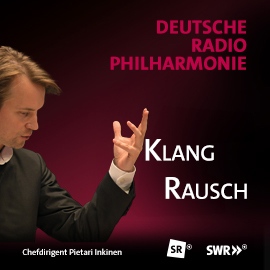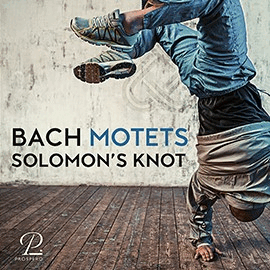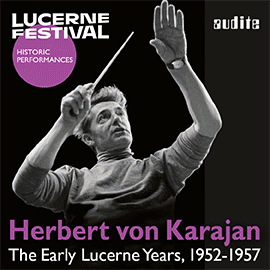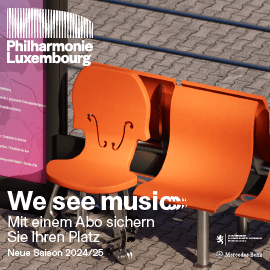Schönbergs erstes Streichquartett ist einsätzig und dauert eine Dreiviertelstunde. Es ist sein erstes Meisterwerk und begründete seinen Rufs als Komponist. Es zeichnet sich durch dichte und intensive Orchestrierung bei nur vier Instrumenten aus. Im Gegensatz zu seinen späteren Werken ist es tonal, aber erweitert die spätromantische Tonalität. Als weitere Neuerung nutzt Schönberg asymmetrische Phrasen, die sich zu Gruppen zusammenfügen. Jahre später komponierte er das dritte Quartett. Dieses Opus 30 markiert sein erstes dodekaphonisches Streichquartett. Die Kritik schmähte ihn als Konstrukteur, als musikalischen Ingenieur und Mathematiker.
Das Gringolts Quartet beherrscht, ob mit oder ohne Balancierstange wissen wir nicht, den Hochseilakt, den Quartetten von Schönberg sowohl den noch spürbaren spätromantischen Hauch zu belassen als auch die Modernität in jeder Faser heraus zu kitzeln. Anders als die schon rund fünf Jahrzehnte alte Aufnahme der Quartette der Neuen Wiener Schule vom LaSalle Quartet, die vergleichsweise noch sehr romantisch daherkam, liegt der Fokus der rezenten Einspielung auf der Modernität der Aussage, die auch heute noch aufhorchen lässt. Und trotzdem kann man auch noch dem warmen Atem der Romantik nachspüren.
Spieltechnisch sind die vier Musiker, und das gilt nicht nur für ihren sowieso über jeden Zweifel erhabenen Primarius, ohnehin mit allen Wassern gewaschen. Und so entfalten sie den Fächer aus Farben, Techniken und Stimmungen, den diese Musik zu bieten hat, ungemein sensibel und doch auch mit zupackender Energie und Spannung. Die in der Musik angelegte Eigenständigkeit der Stimmen wird im transparent von der Aufnahme eingefangen Klang deutlich hervorgehoben, ohne deswegen die Ensembleverbindung zu leugnen.
Nach rund fünf Jahren haben sie damit den Zyklus der vier Quartette des Zwölftöners in vorzüglicher Weise komplettiert.
Schoenberg’s first string quartet is in one movement and lasts three quarters of an hour. It is his first masterpiece and established his reputation as a composer. It is characterized by dense and intense orchestration using only four instruments. Unlike his later works, it is tonal but expands late Romantic tonality. As another innovation, Schoenberg uses asymmetrical phrases that combine to form groups. The third quartet was composed years later. This Opus 30 marks his first dodecaphonic string quartet. Critics reviled him as a constructor, a musical engineer mathematician.
The Gringolts Quartet, with or without a balancing rod we don’t know, has mastered the high-wire act of leaving Schönberg’s quartets with both the still palpable late Romantic touch and tickling out the modernity in every fiber. Unlike the LaSalle Quartet’s recording of the quartets of the New Viennese School, which is already about five decades old and still came across as very romantic in comparison, the focus of the recent recording is on the modernity of the statement, which still makes one sit up and take notice today. And yet one can still feel the warm breath of romanticism.
Technically, the four musicians, and this does not only apply to their primarius, who is above reproach anyway, are smooth musicians. And so they unfold the fan of colors, techniques and moods that this music has to offer with great sensitivity and yet also with gripping energy and tension. The independence of the voices inherent in the music is clearly emphasized in the sound transparently captured by the recording, without denying the ensemble connection.
After about five years, they have thus completed the cycle of the twelve-tone composer’s four quartets in the most exquisite manner.




















